Washington and Wall Street aren’t the only ones paying attention to the Chinese in recent weeks; the art world — after a short period of focusing on other things — is back talking about them, too. And thus journalists. Here are some bits and bobs I’ve been collecting on the topic.
- Last month, before the recent, successful Old Master, Imp-Mod and contemporary auctions, the Wall Street Journal noted that “the global recession seems to be making Asian artists the new stars of the art market.” And not just contemporary Chinese. “China’s old masters are surpassing auction house expectations, too. A scroll painting by 16-century artist Wu Bin sold for $22 million at a Christie’s sale in December.”
It isn’t all great, though — prices for recent Chinese works are down.
- Forbes also took up the recent Chinese sales, advising “the continued high overall auction volumes and their strong showing in global rankings suggests Chinese artists of late remain on the way up in the world. The trend will continue. First, the bubble that built up in the industry before the global equity crash has passed. Asian contemporary art prices are back to 2006 levels, according to an ArtPrice report, making investment more affordable and hinting at room for a recovery in prices in the future. Longer term, the industry is likely to thrive in China because the country has a fascination with art as a part of its heritage…”
We’ll see.
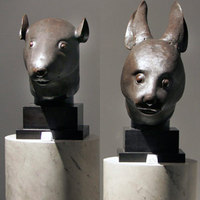 Meanwhile, remember that stunning sale of Chinese bronzes (right), once owned by Yves St Laurent? At a Christie’s auction last spring, a Chinese gentleman “purchased” them with a record-setting bid, then reneged because they had been looted in the mid-19th Century. It was a “patriotic gesture.” Once, a solution seemed near, with French companies paying the bill but returning the works to China, but Georgina Adam recently reported in the Financial Times that:
Meanwhile, remember that stunning sale of Chinese bronzes (right), once owned by Yves St Laurent? At a Christie’s auction last spring, a Chinese gentleman “purchased” them with a record-setting bid, then reneged because they had been looted in the mid-19th Century. It was a “patriotic gesture.” Once, a solution seemed near, with French companies paying the bill but returning the works to China, but Georgina Adam recently reported in the Financial Times that:
Christie’s subsequently removed the price of €31.6m from its total for the sale and returned the heads to Pierre Bergé, St Laurent’s partner (link).
-
Georgina also recently wrote this about the Chinese art market — surely a sign of caution:
Chinese interest in art as an investment remains high… Beijing’s Minsheng Bank, the nation’s first privately owned bank, has just launched its “No 2 Product, Works of Art Investment Scheme”, which was fully subscribed in a week. The fund will purchase a wide range of art, from ancient to contemporary. The success of the No 2 fund is no doubt due to the performance of China’s first art fund, launched by Minsheng in 2007, and which, according to the bank, produced returns of up to 25 per cent.
Gotta love that simple “No. 2” product designation, though.

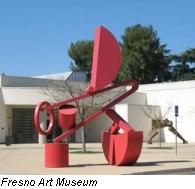 Then, I realized I had mis-read the piece: it was talking about the
Then, I realized I had mis-read the piece: it was talking about the 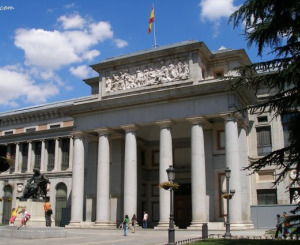 I can hear the groans. But wait. The article quoted Gabriele Finaldi, the Prado’s deputy director for conservation and research, as saying: “Forty-five minutes is the perfect amount of time to get to know the Prado.”
I can hear the groans. But wait. The article quoted Gabriele Finaldi, the Prado’s deputy director for conservation and research, as saying: “Forty-five minutes is the perfect amount of time to get to know the Prado.” 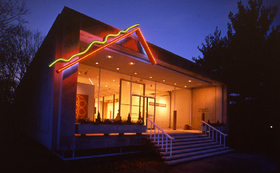
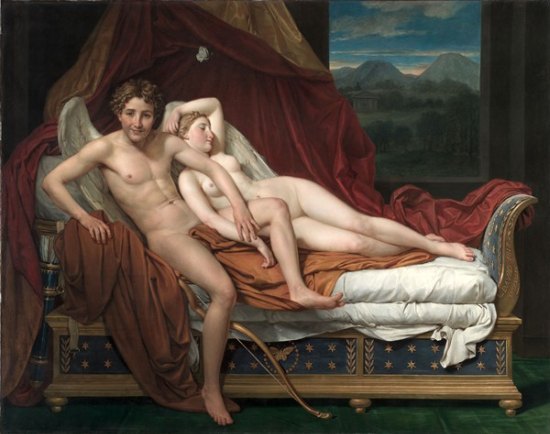 As the museum’s website describes it:
As the museum’s website describes it: